Ceres, California (population 45,000), is named after the Roman goddess of the harvest, and the name is largely an apt one. Ceres is home to all kinds of small farms. There are thickly wooded orchards of walnuts and almonds, apples, cherries and pluots, and picturesque green fields that glow in the soft, post-thunderstorm light as we speed by. Cows lounge placidly or mill around in their well-kept corrals, farm giving way to farm: Marchy Dairy, Trinkler Dairy, Double D Dairy.
But there are many faces to Ceres. Much of the town qualifies as a “food desert” under guidelines established by the United States Department of Agriculture, meaning that residents with or without transportation must travel half a mile or more to the nearest market offering fresh, unprocessed food. Per capita income is just $19,051, two-thirds of the state average. There’s a lot of poverty visible here: cheek by jowl with large, comfortable ranch houses, we saw many ramshackle dwellings, trailers with cracked windows and broken-down cars in driveways. Affluent and poor live side by side, to a degree unusual elsewhere in California.
In the four years since First Lady Michelle Obama made it a signature issue, millions have been spent on grants, tax incentives, research, and other initiatives to eliminate food deserts, which are thought to contribute to the increasing incidence of diabetes and obesity in low-income areas. How are disadvantaged people faring nutritionally in Ceres? We trekked around the town’s markets and convenience stores in order to find out.
For those struggling on public assistance, it can be far easier to buy Coke and sugary cereals than to buy the ingredients for a simple salad.
Donald, a friendly, talkative twentysomething wearing camouflage Army gear, runs the Eagle Mini Mart and Propane convenience store on El Camino Avenue. You can buy beer there, and refill your propane tank—though you are perhaps unlikely to luck out, as Antonio Galvan did last year, on a winning lottery jackpot of $6.5 million.
And indeed, if you were to judge by the stock of food here, as in the other shops we checked, the harvest of Ceres is mainly Cheetos. We did find two avocados in a basket on the counter at the Eagle Mini Mart, and a few lemons at a Central Avenue convenience store. You could make a pretty good meal from the eggs and bottled salsa, jalapenos and nopales at Al’s Oasis Food Mart, though the only fresh produce was a few lonely bananas near the cash register. This, in the center of one of the lushest agricultural regions on Earth. By now we were two miles away from the nearest market offering a decent selection of fresh food.
Continue to roam, though, and you see roadside produce stalls; a man selling oranges on a street corner; a tiny shack at the front of a big old house nearly covered in fruit trees, offering pomelos, grapefruit, oranges, and lemons, six for two dollars. There are some well-regarded inexpensive restaurants as well. Around the corner from the Eagle Mini Mart is Birrieria Y Taqueria Chivas Crudas, offering tostadas covered in freshly chopped lettuce and tomatoes, birria and pozole, freshly made salsa (four stars on Yelp and under $10.) But it’s important to note that food benefits such as SNAP (the successor to food stamps) can’t be used at most produce stands or restaurants. For those struggling on public assistance, it can be far easier to buy Coke and sugary cereals than to buy the ingredients for a simple salad.
Dollar General Market, about a mile away from the Eagle Mini Mart—Donald told us he shops there—opened in Ceres in 2013, taking over the space formerly occupied by the Richland Market. The produce and meat sections don’t offer a huge selection, but it’s all of good quality and it’s all squeaky clean.
But that one mile can be a formidable burden for people without cars—especially the elderly, or mothers with infants—who may have to make the walk in 100-degree summer temperatures.
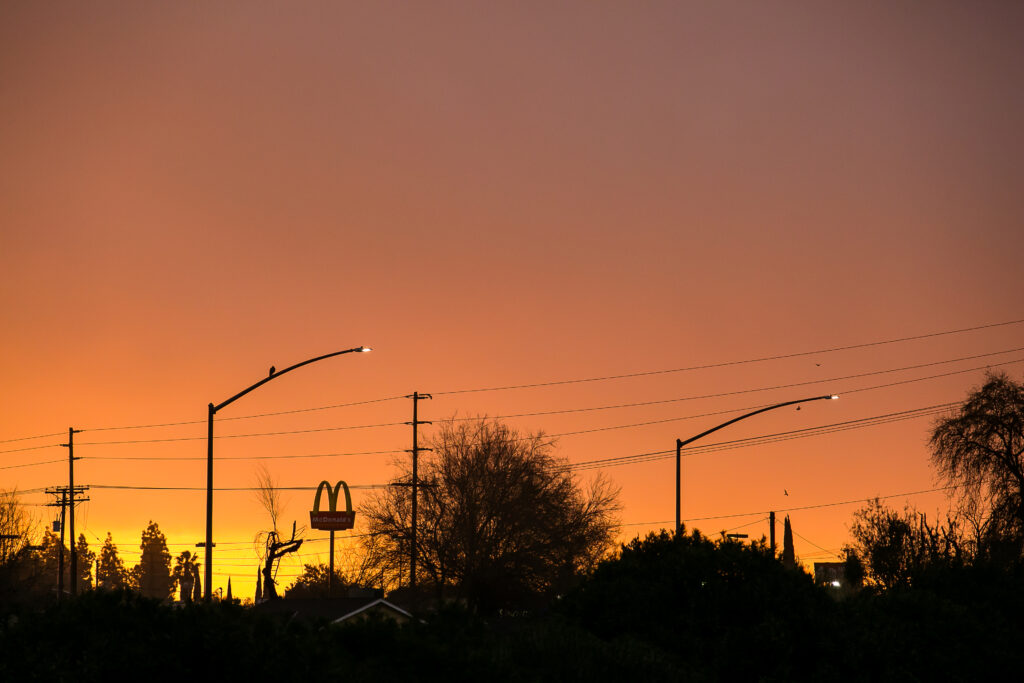

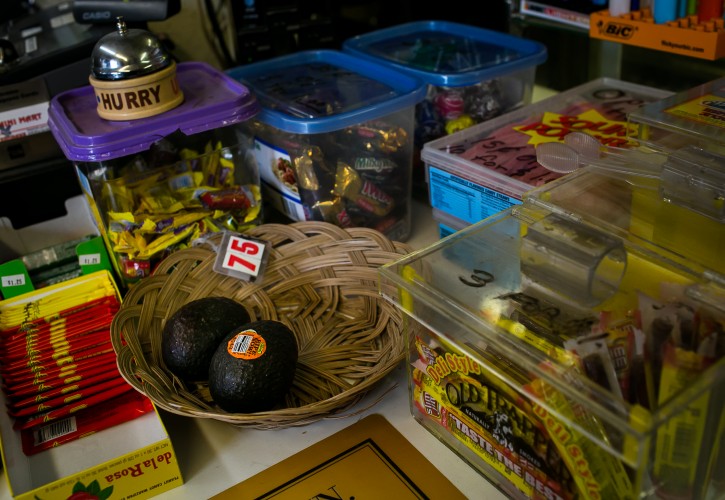


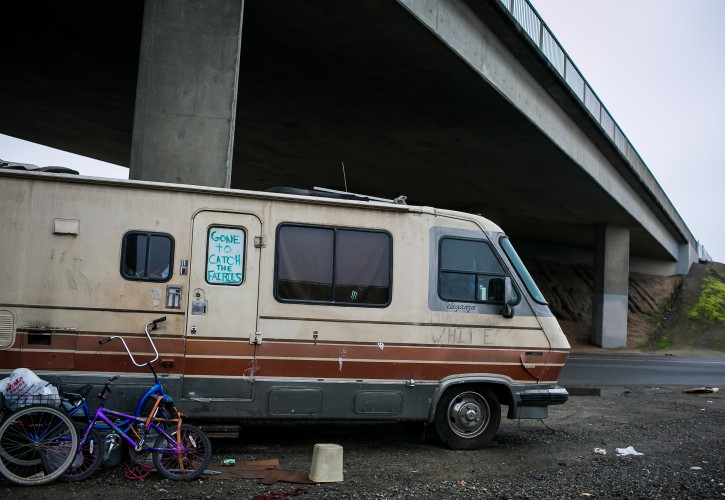

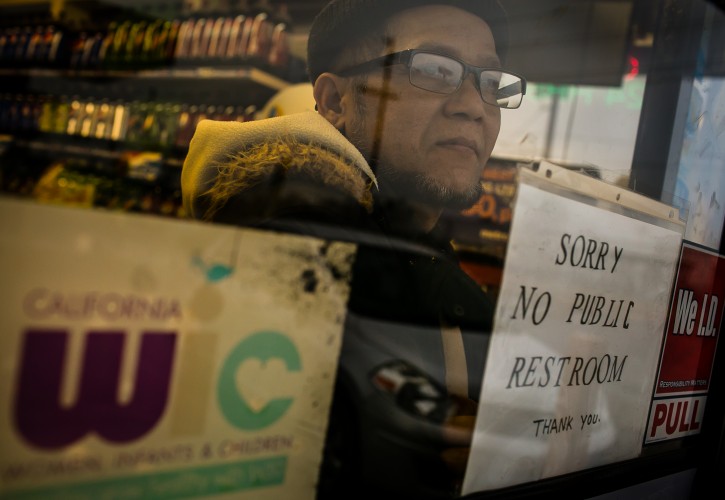
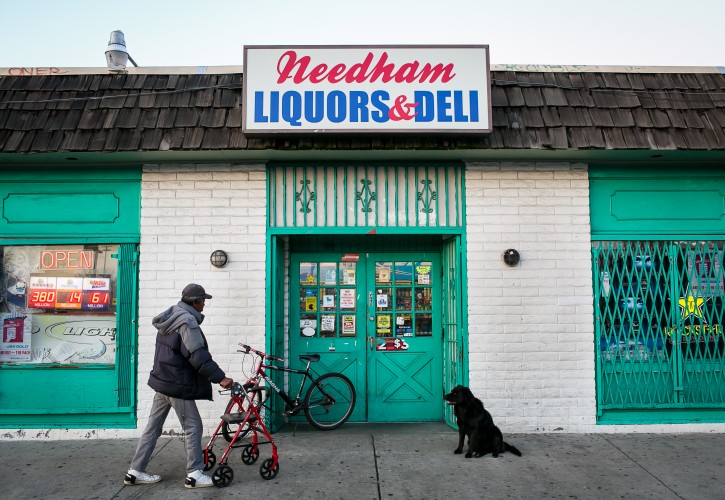
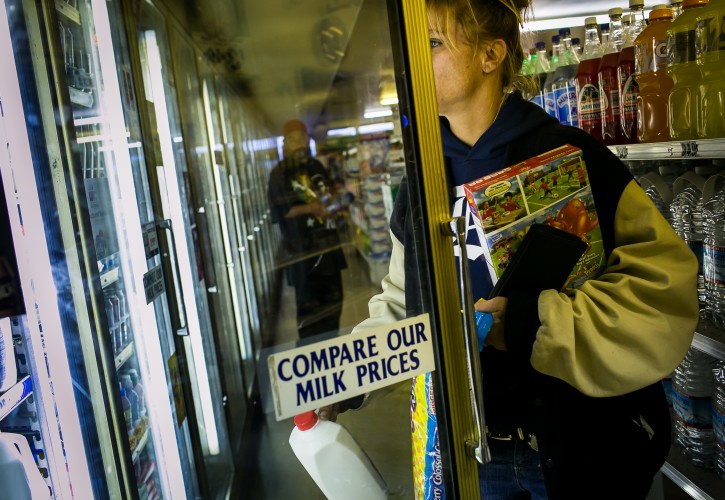

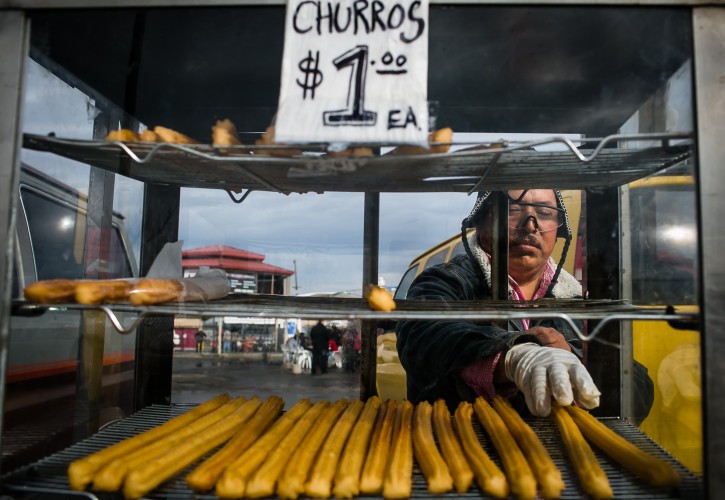
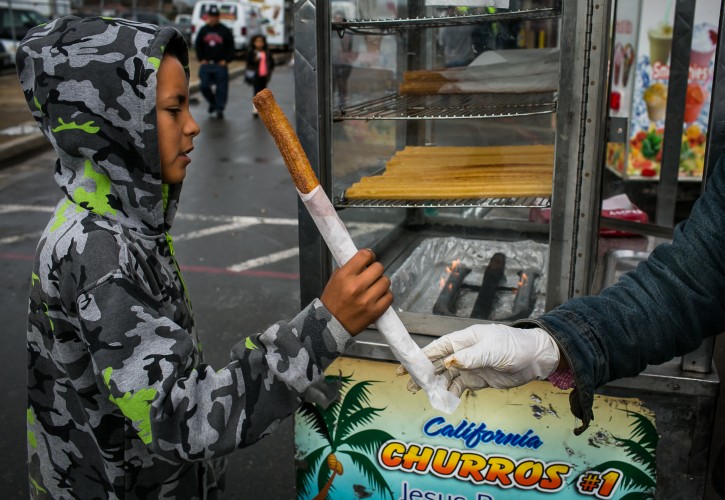



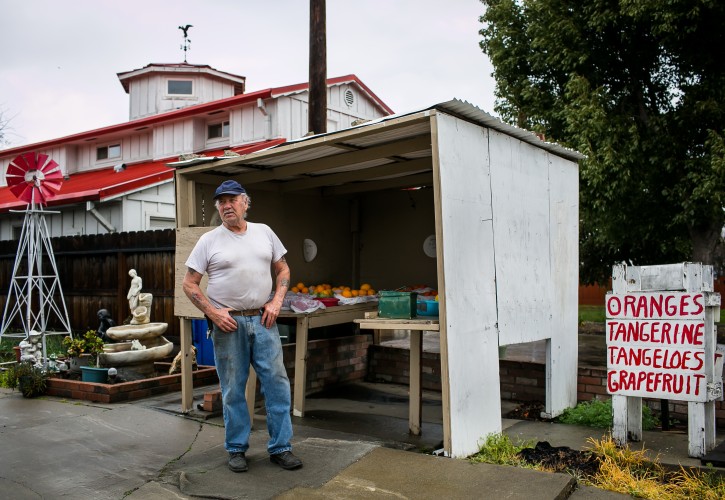
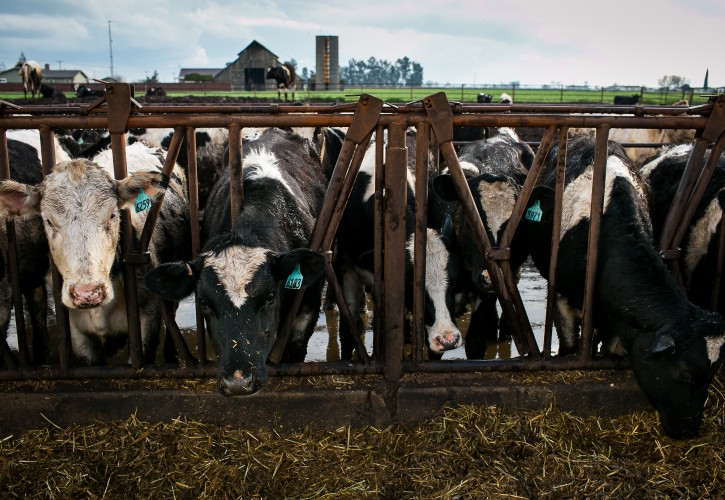
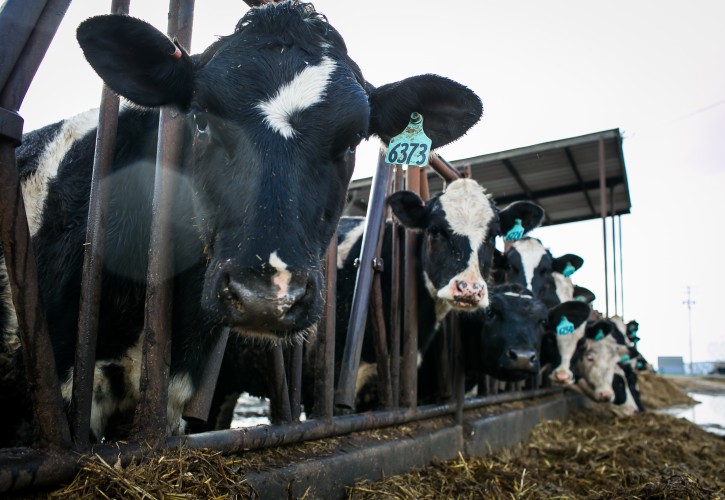


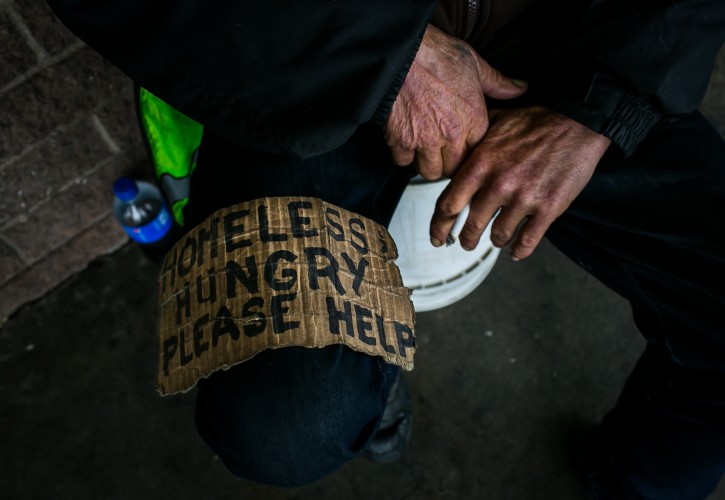
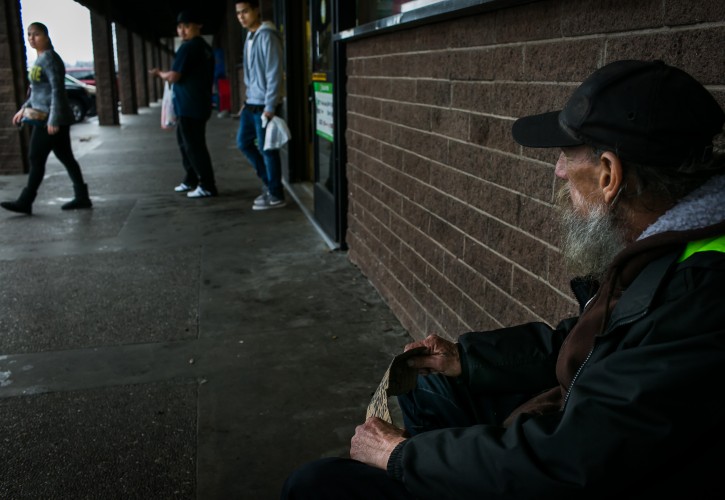
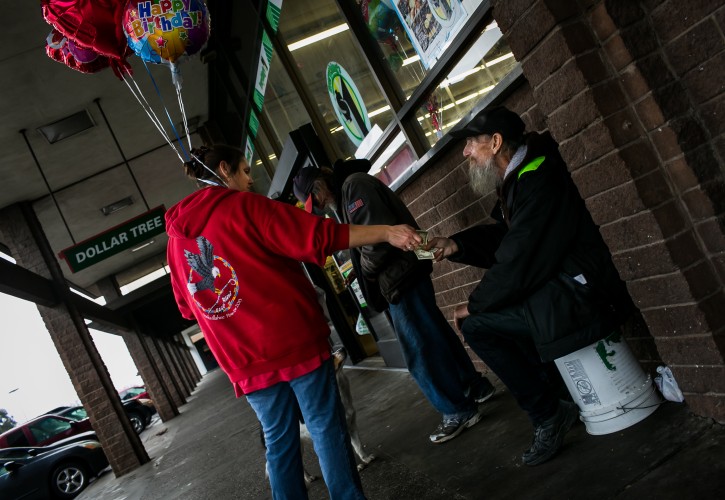

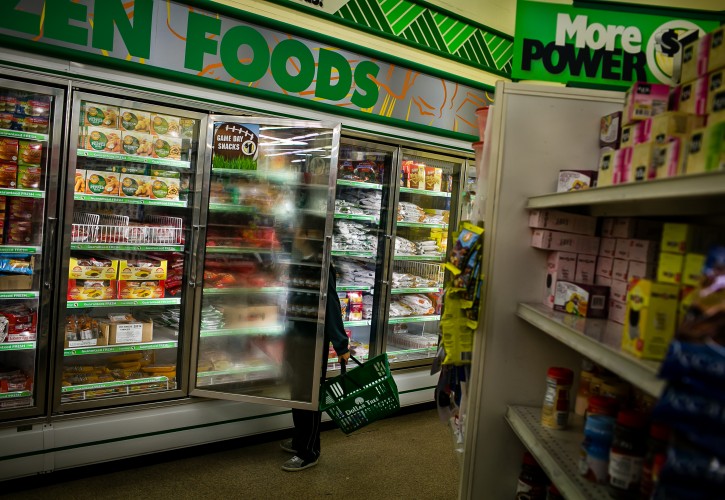
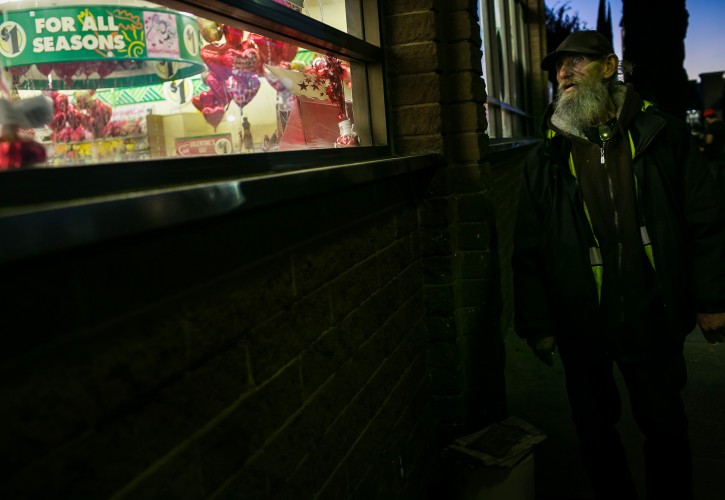
Almost anywhere in our state you need a car to access even middling-quality goods and services, in or out of the city. But access is only the beginning of maintaining good health, which means a whole world of awareness and techniques, including the equipment and skills needed to prepare good food at home—and even just a desire to be healthy.
The Ceres Partnership for Healthy Children offers nutritional workshops, food assistance, translation services, and a monthly Parent Café to promote child health and better nutrition. This is just one community initiative among several we found demonstrating a robust engagement of the nutritional challenges facing disadvantaged Ceres residents.
Recent studies indicate that direct attempts to “hydrate” food deserts are not going all that well. Apparently, just having access to supermarkets doesn’t change eating habits much at all.
“Our clients are just used to going into these corner stores,” says Mitchall Patel of the Community Action Partnership of Kern County. ”That’s been my observation—the kids will come in after school, and pick up the chips and soda and get out.”
Patel helps teach disadvantaged families about nutrition, and he says that education is key to altering habits for the better. “It’s one of those habit-breaking things that we have to do. We do it by providing them with food vouchers that are good only for nutritious items. That way we can get this population educated [into making better choices].”
But does it work? I asked. When people start eating better food, do they start to prefer it?
“Yes.” Patel says. “I meet a lot of families who go through our program and, for example, 100 percent whole-grain bread—they had no idea what that was! Our program is just for a limited time, because once the child is five they no longer qualify—but even afterward, they continue to buy those foods, because they’re good and the families know that they are nutritious.”
This post originally appeared on Capital & Main, a Pacific Standard partner site, as “Trekking Through a Food Desert.” It is part of a month-long series exploring how economic inequality is transforming California, and what can be done to rebuild our vanishing middle class.




